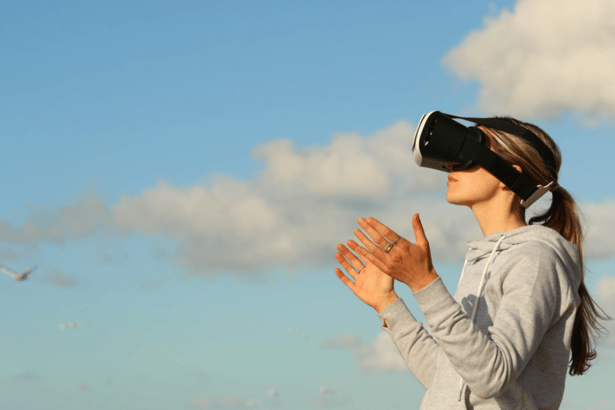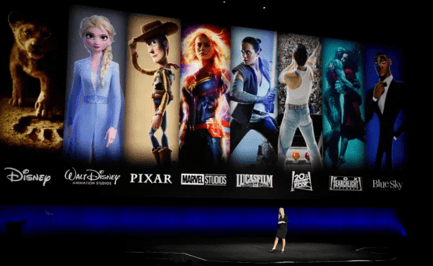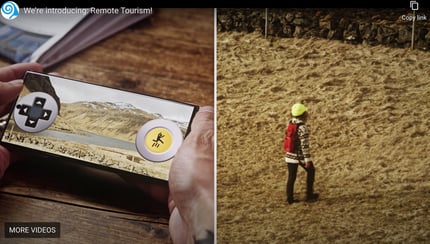COVID-19 and the acceleration of consumer macro trends
September 2, 2020

Over the summer, we’ve taken granular looks into some of the ways the COVID-19 pandemic has impacted brands and consumers.
Hovering over all of these things, however, are a handful of key macro trends that were on the rise long before any of us knew what a coronavirus even was. As we enter our sixth month of global disruption, now is a great time to step back and assess the impact COVID-19 has had on a few of these trends.
Why do macro trends matter?
Macro trends are important because they are driven by underlying global forces affecting us all– the ways that economic power is shifting globally, the changes to populations among the generations, environmental pressures, and much more. Each of these drivers push against consumer behavior in very specific ways, creating the macro trends we’re talking about today. As marketers, we have no power to control them. But the better we understand them, the more we're able to steer our brands in ways that make the most of them.
Euromonitor International recently released a comprehensive look into this exact subject, and the findings are important for brand marketers as they work to optimize their long-term strategies.
Today, we’ll explore four of the trends highlighted in the study: connected home life; the rise of experiences; healthier living; and the new premium.
Macro trend #1: Connected Home Life
Here’s a mind bender: it took Disney+ just five months to reach the same number of subscribers that Netflix took 17 years to attract. Some of this can be attributed to Disney’s massive and unique library of family entertainment becoming available at the exact time families were all stuck at home. However, it’s the longer-term macro trend towards a more connected home life that really set the groundwork for this success story.

In the run-up to the COVID-19 lockdown, consumer access to connectivity at home (as well as through mobile) had already been gaining steady ground. 4G technology was mature, and 5G was standing in the wings. Then the pandemic came along, leading to a massive spike in the use of connected devices. Coupled with this has been a democratization of sorts that has allowed people from across the geographic and social-economic spectrum to all enjoy faster connectivity.
As a result, more people than ever before are able to experience shopping, working, playing, and learning through connected devices. And while this has been amplified by the COVID-19 lockdown, these behaviors will remain in place long-term and will even surge again once the economy improves and people are able to move about more freely. In short, brands like Zoom and Disney+ are not only here to stay, they’re really just the tip of the iceberg.
Macro trend #2: The Rise of Experiences
At Slingshot, we’re big believers in the importance of a rewarding consumer experience for driving loyalty, repeat purchase, and ultimately growing revenue. After all, nobody wants to buy things. They want to experience them.
Leading the charge in this, and linked quite closely to the macro trend around connected home life, are interactive experiences. Using streaming technology, or virtual and augmented reality, brands are able to leverage technology and digital content to create endless rewarding consumer experiences that add real value before, during, and after the sale.
This year, for example, we’ve reported on the rise of “shop streaming,” already a billion dollar industry in Asia and rising fast. Shop streaming allows people to browse and engage with products live, remotely, and on their terms. Shop streaming has caught on fast and is widely expected to continue growing in popularity long after the pandemic has ended.
Another terrific example cited by Euromonitor is how Faroe Islands Tourism is engaging potential visitors during the lockdown. Remote Tourism connects would-be travelers stuck at home to real Faroe Islanders equipped with Go Pro cameras. Using an app on your phone, you are able to control where these islanders go, taking you on live tours of some of the island nation’s top spots.

Macro trend #3: Healthier Living
Prior to COVID, consumers were gravitating in a big way towards more active engagement with their own health and wellbeing. In many ways, health has become a lifestyle of sorts. Euromonitor goes so far as to refer to it as a status symbol, where one’s health and wellness are now a direct reflection of their quality of life.
Driven in many ways by young millennial families who are more connected to consumer information than any generation before, customers are proactively embracing nutrition, mindfulness, fitness, and personal health care, turning health and wellness into a truly holistic way of life.
COVID-19 has created a definitive spike in this trend, framing everything from shopping at the supermarket to going to work as potentially unhealthy choices. Married to this has been the alarming proliferation of dubious or contradictory guidance related to staying safe during the pandemic. As a result, more and more people are opting to take full control of their health-related choices, something that is expected to last long past COVID.
One immediate result has been the accelerated growth of telehealth services, which give patients more control over their healthcare while also allowing them to minimize person-to-person contact.

Macro trend #4: The New Premium
Dovetailing with both the rise of experiences and the changing nature of personal wellness is a macro trend that’s redefining the meaning of “premium.”
Just as Millennials helped usher in the rise of experiences, that same attitude is influencing what they consider to be luxuries, and a fancy logo doesn’t cut it anymore. Euromonitor breaks this down into three basic sub trends:
- Number one is “personal improvement.” This is directly related to the Healthier Living macro trend. Products and services that help people become better versions of themselves are able to charge a premium, much like a more traditional luxury brand. Thus the reason consumers happily pay more for all-natural and organic products.
- Number two is “thoughtful consumption.” Many consumer groups are gravitating away from conspicuous consumption and towards less frequent, more meaningful purchases. For example, a married couple might dine out less often, but when they do, they’re willing to spend more for a better experience.
- Number three is “helpful services.” As life gets more hectic and time itself becomes a premium, anything that helps make life easier and free up time has become a luxury people are willing to pay for. The explosive growth in meal kits, online grocery shopping, and food delivery are great examples of this.
As you can see, not only has COVID-19 accelerated all of these trends, they are all interconnected in various ways as well. And most importantly, they are expected to be with us for many, many years to come, shaping the lives and purchase decisions of consumers around the world.
Check out more marketing insights below on how to navigate the uncertainties facing today's brands.





